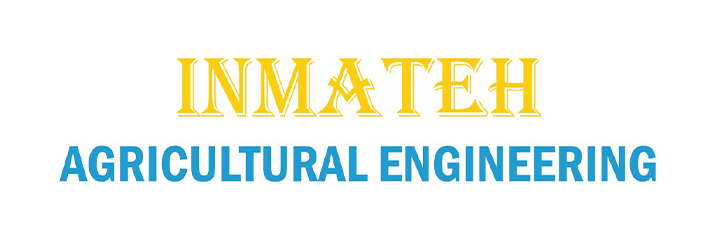PADDY RICE POROSITY PREDICTION BASED ON SNAKE ALGORITHM OPTIMIZED SUPPORT VECTOR REGRESSION
基于蛇算法优化支持向量回归的稻谷孔隙率预测
DOI : https://doi.org/10.35633/inmateh-76-61
Authors
Abstract
During the paddy rice drying process, the uneven spatial distribution of pore spaces within drying chambers poses a significant challenge to accurate porosity characterization and results in inefficient energy utilization. To address this issue, this study proposes a porosity prediction model based on Support Vector Regression (SVR), aimed at effectively monitoring porosity variations during drying and enhancing energy efficiency. Using MATLAB based image processing, the porosity of paddy rice was quantitatively extracted. A Response Surface Methodology (RSM) was then employed to analyze the influence of geometric characteristics, moisture content, and grain bulk height on porosity during drying. To further improve the predictive performance, the SVR model was optimized using the Snake Optimizer (SO) algorithm. The resulting SO-SVR model was evaluated against porosity values derived from image analysis. Experimental results demonstrate that the SO-SVR model achieves high accuracy, with a Root Mean Square Error (RMSE) of 0.0095 and a coefficient of determination (R²) of 0.9913. Compared to standard SVR and BP neural network models, the proposed model reduces RMSE by 0.0867 and 0.1663, and increases R² by 0.0449 and 0.1102, respectively. These findings indicate that the SO-SVR model provides a reliable and efficient approach for predicting paddy rice porosity during drying, offering valuable support for energy-saving and intelligent drying system design.
Abstract in Chinese





